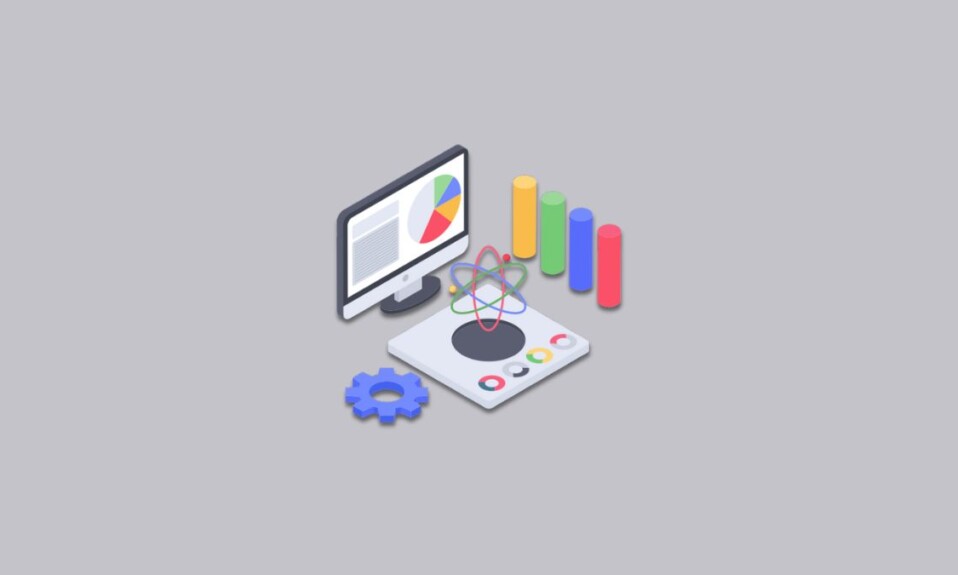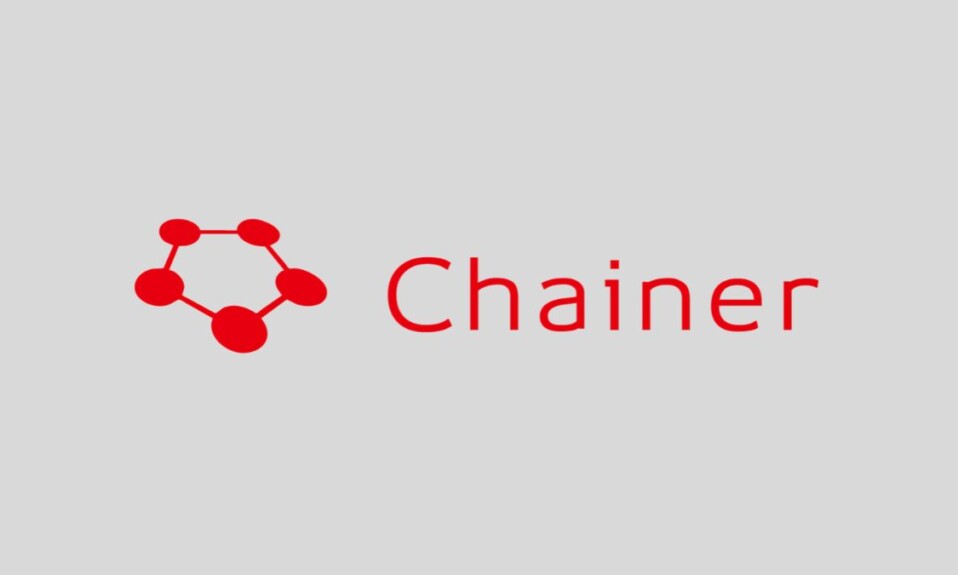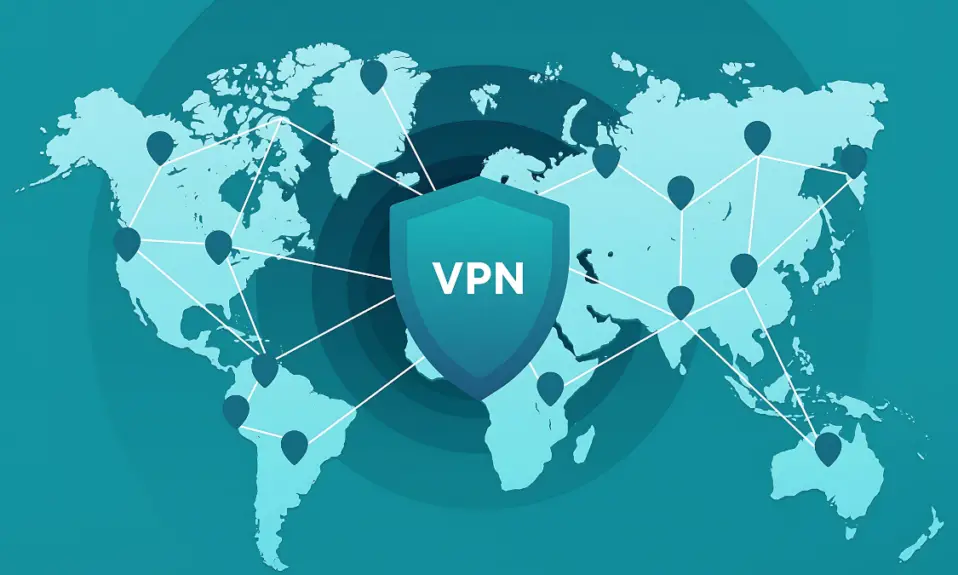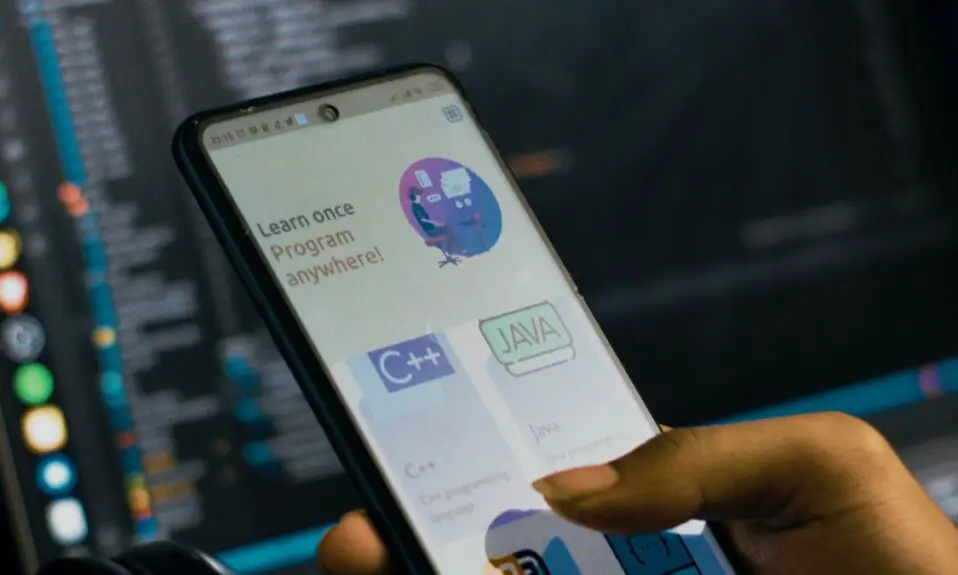
As we move towards a digital world, the need for storing big data is becoming increasingly evident. Similarly, processing such large volumes of data requires the application of scientific methods, algorithms, and tools. Data science is the discipline that can assist us in navigating through this challenge. In the current era, the life cycle of data science projects is gaining significant importance.
Therefore, acquiring a comprehensive understanding of data science is imperative. If you are new to this field, this article is tailored for you. It serves as a beginner’s guide to data science.
Life Cycle of Data Science Projects
Data science is primarily associated with scientific methods, algorithms, and systems, and it is used to extract knowledge from large datasets. Earlier, the analysis of big data was mainly conducted by mathematicians or statisticians, but times have changed.
Nowadays, data experts are employing artificial intelligence and machine learning for such analyses. Consequently, computers are increasingly becoming tools for data analysis and gaining popularity.
The life cycle of data science consists of several phases, which are as follows:
1. Understanding topic
Before starting the project, it is necessary to understand the problem and analyze the problem to get a solution. Here, you need to go through the central objective of the project. It will help you to understand the priorities, various specifications, and the required budget for the project.
2. Acquisition of Data
Once you have set the objective of your project, the second step is the acquisition of data. You may not find the complete set of data in one place. So, it is often necessary to retrieve data from various sources like web servers, online repositories, and databases.
3. Preparation of Data
After the acquisition of the data, the next step is the processing of data. This phase involves the cleaning of data. It is necessary to clean data before starting the analysis. It is the most time-consuming part of all the phases.
4. Exploring data
Once you get clean data, you are ready to analyze the data. Data exploration is also known as data mining. This phase is really helpful for understanding the patterns in the data as well as getting important insights from the data.
5. Modeling and Evaluation
Here you try a different set of combinations with your data. This process is mainly associated with the use of statistics and machine learning.
Once you have done with the modeling, it is necessary to evaluate the success of the model. Evaluation means getting insights into the achievement of the project.
6. Deployment
It is the final phase. Once, you are done with modeling and evaluating, you are ready to deploy the project. It is mainly associated with the deployment of the models into production.
Skills Needed to Become a Data Scientist
If you aspire to become a data scientist, you should pursue a Bachelor’s degree in computer science, mathematics, or statistics. These degree programs will provide you with the necessary knowledge for processing and analyzing big data.
Many data scientists hold a master’s degree or Ph.D. Therefore, you can either enroll in degree programs or undertake online training courses. Data science involves proficiency in tools and processes such as R, Python, Apache Spark, the Hadoop Platform, SQL/database management, machine learning, artificial intelligence, and data visualization.
Application of Data Science
It is quite tough to list down each use of data science. Everything we are using mostly thrives on a set of data like in the case of our mobile phone. Data science is necessary for every industry.
1. Banking Sector
Since banks deal with a large array of data, data science is an important tool that is playing a significant role in this case. Data science is widely used especially for risk modeling, fraud detection, customer segmentation, and real-time predictive analysis.
2. Health sector
The health sector is another field that deals with a large set of data. So, data science is proving to be a useful tool in this field. It helps to keep an electrical health record of the patients as well as helps the doctors to make data-driven decisions for better treatment.
This is especially useful when the patient is suffering from a complex medical history.
3. Transport
Data science is making a mark in the transport world. It is useful for optimizing vehicle performance and making a safe driving environment for drivers. Various transport companies like Uber is using data science for better user experience.
4. Game Industry
The gaming industry is rapidly expanding, with millions of players worldwide. Consequently, data science plays a significant role in game development.
The design and functionality of games are crucial for keeping players engaged. Therefore, the insights derived from the analysis of gaming data are highly valuable.
5. e-Commerce
Data science is playing a significant role in the e-commerce and retail industry. It is useful to predict losses, purchases, and profits. It also helps to understand the interest and liking of customers by capturing the web behavior of the customers.
This ultimately helps the e-commerce sector to personalize product recommendations and push the customers towards purchasing. Thus, it helps in improving the customer experience.
Conclusion
So, it is clear that data science is the future. With the amount of data increasing day by day, the demand for data scientists is also on the rise. It is an emerging field to which every company is more or less connected.
Therefore, the scope for data scientists is extensive. Here, we have presented a beginner’s guide to data science. We hope you have enjoyed the article and found it useful.








